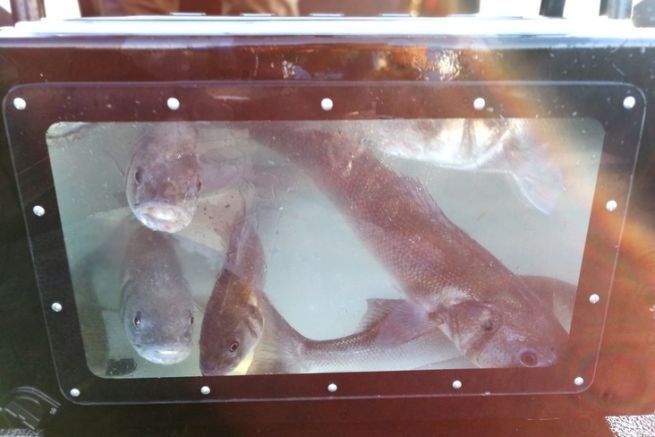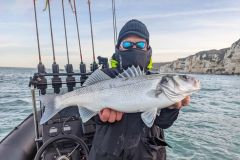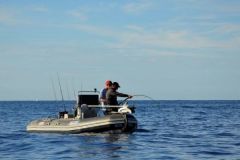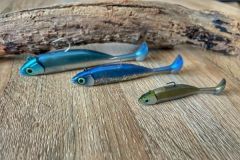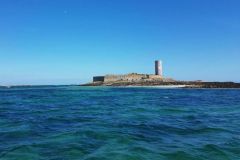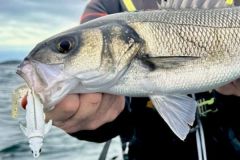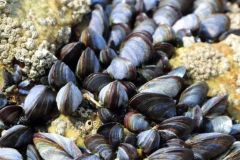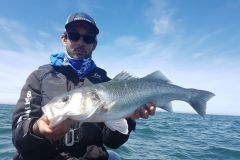Thanks to the awareness that pushes more and more sea fishermen to practice no-kill or reasoned harvesting, the choice of the fish tank is a real reflection. This one must allow to temporarily place some fish in the best possible conditions.
For what purpose?
The use of a livewell is sometimes controversial. However, if used properly and certain rules are followed, it is not harmful to the fish.
The purpose of a livewell is not to keep fish in it for the entire session. You can lose a lot of fish, especially with a small volume of water.
The purpose of a livewell is to hold fish caught in areas that are not immediately released so as not to "break the shot. In competition, it will be used to keep those you wish to present to the stewards.
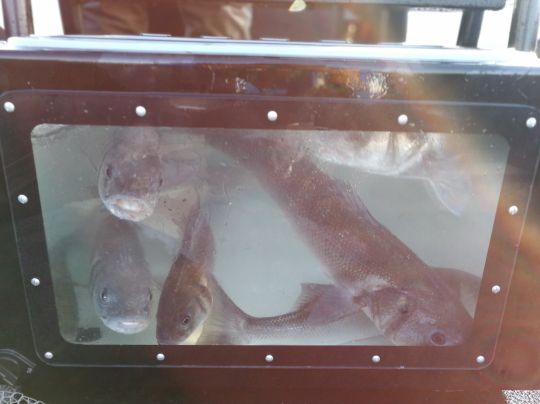
That said, it is not recommended to keep a large specimen in the livewell. As far as I am concerned, and for sea bass since it is the only species that I keep temporarily on board, I avoid placing large specimens in the tank as much as possible, even for a short time. I manage to release them as quickly as possible.
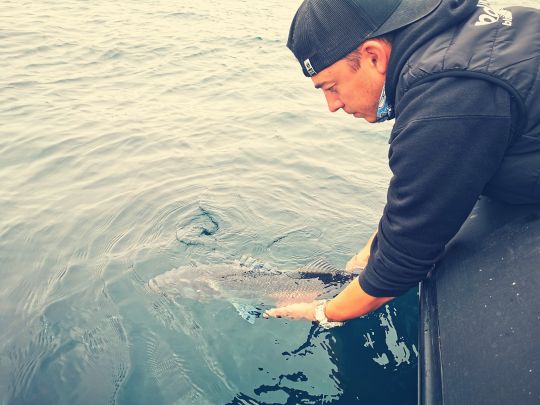
For some fish caught by a significant depth, it may be necessary to practice fizzing. A previous article explained the procedure.
The different types
There are 2 types of pools:
Those integrated into the deck with direct access to it. This type of model has the advantage of not cluttering the boat's deck. The water supply is done either by an electric pump or by a plug system. You just have to open it to fill it and then close the plug. The draining is done by opening the plug while driving.
The disadvantages of this type of pool are:
- The access hatch must be strong enough to walk on.
- In the event of a leak, it is impossible to detect the leak immediately.
- Difficulty on some models with a large volume to catch fish.
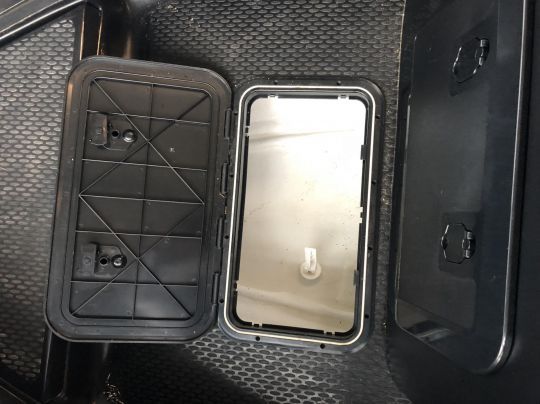
The second type, surely the most widespread, is the external pool.
Easily adaptable, it can be a simple cooler or large bakkan or an aluminum case.
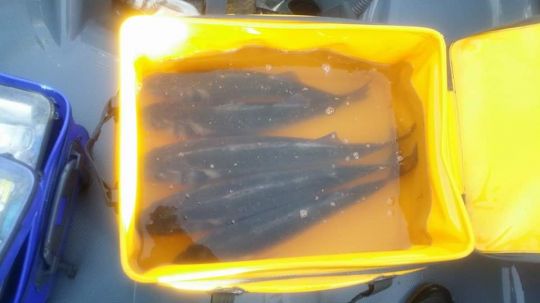
The interest of this type of fish tank is its ease of installation. It can be filled manually or with a pump. As for the emptying, it is done by a hose or a pump.
The disadvantage of these so-called "auxiliary" tanks, such as bakkans or coolers, is that they often have only a small volume and no water renewal system. Their function is therefore limited to keeping fish briefly before releasing them (the time to finish a drift for example).
Finally, the last disadvantage of this type of model is that in order to ensure the stability of the fish in it, it is necessary to fill it sufficiently. The volume and therefore the weight added on board can then be consequent. In addition to that, the space on the deck is important.
The volume
In-deck livewells have the advantage of being less high but wider than external livewells. From experience, I have found that fish hold better in this type of tank. If you use an external livewell, a minimum of 80/100L is recommended.
My personal choice
On my boat, a Zeppelin 21 Vpro, I had no other choice than to opt for an external livewell because of the configuration of the boat. This one being unsinkable and thus foamed, it is impossible to exploit the space under the bridge to install a livewell there.
It is thus under my bolster that I installed a livewell of 180L fed by a dedicated pump with a manual draining. This volume allows to keep in good conditions several fish.
An overflow system ensures a permanent renewal of the water.
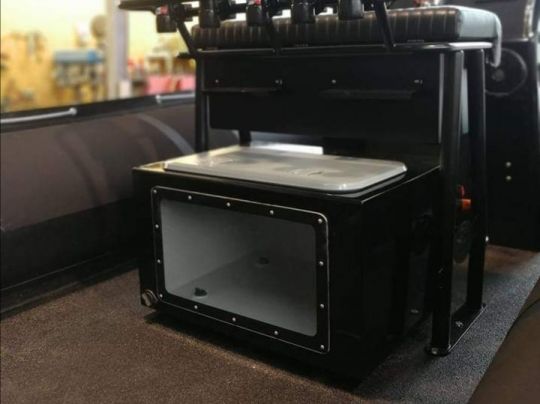
Its size, made to measure, allows it to be installed under the bolster and thus optimize the space on board. For this type of installation, count 1000euros with the necessary water supply.
